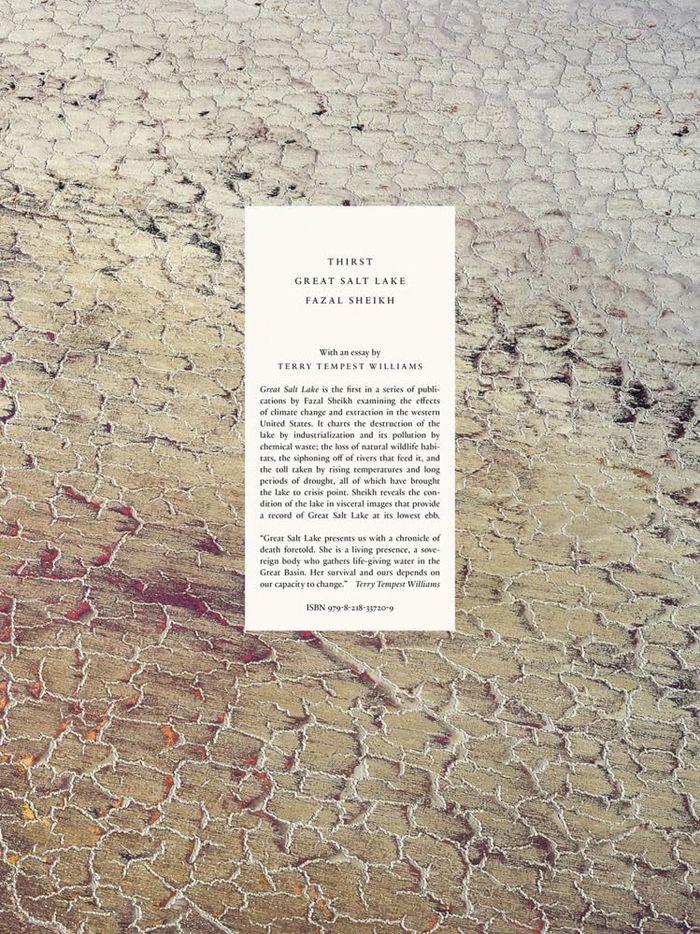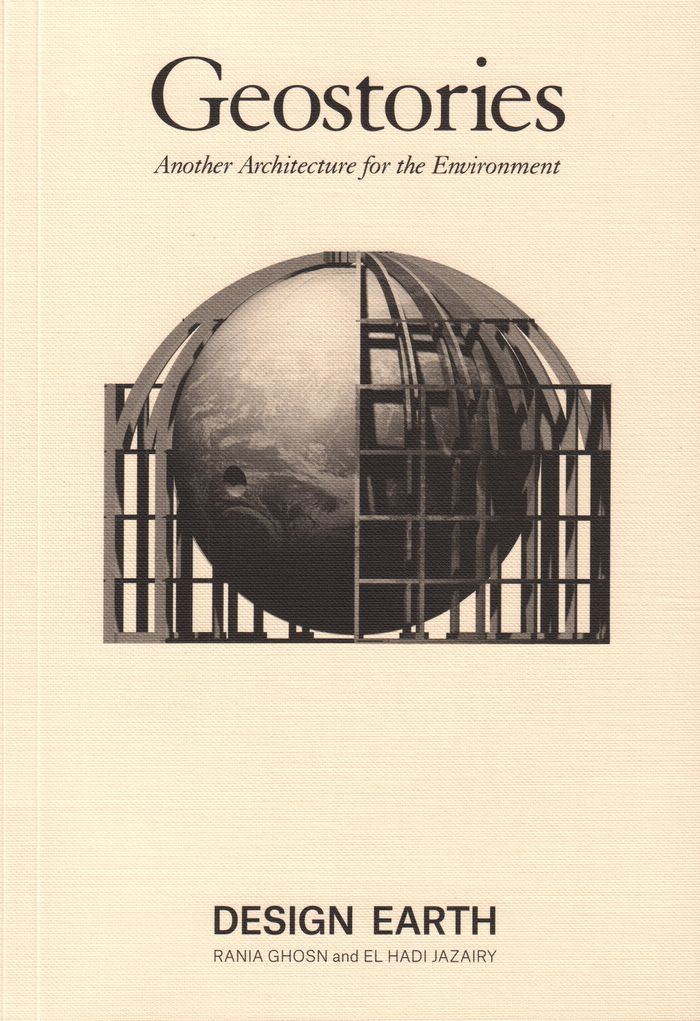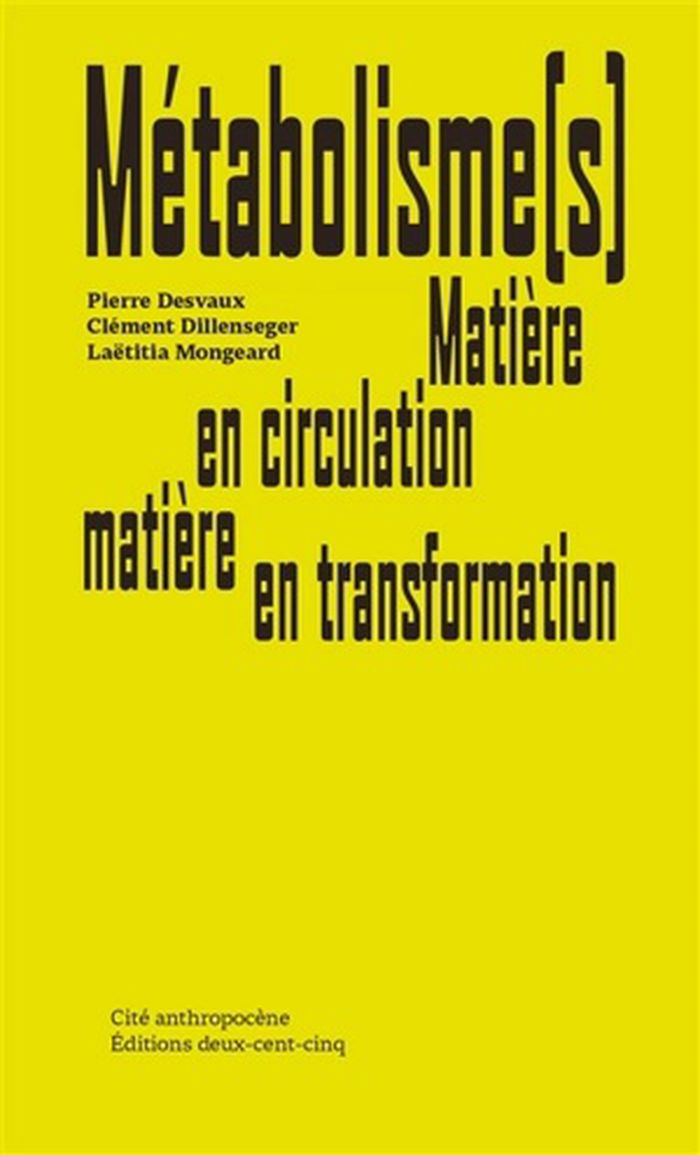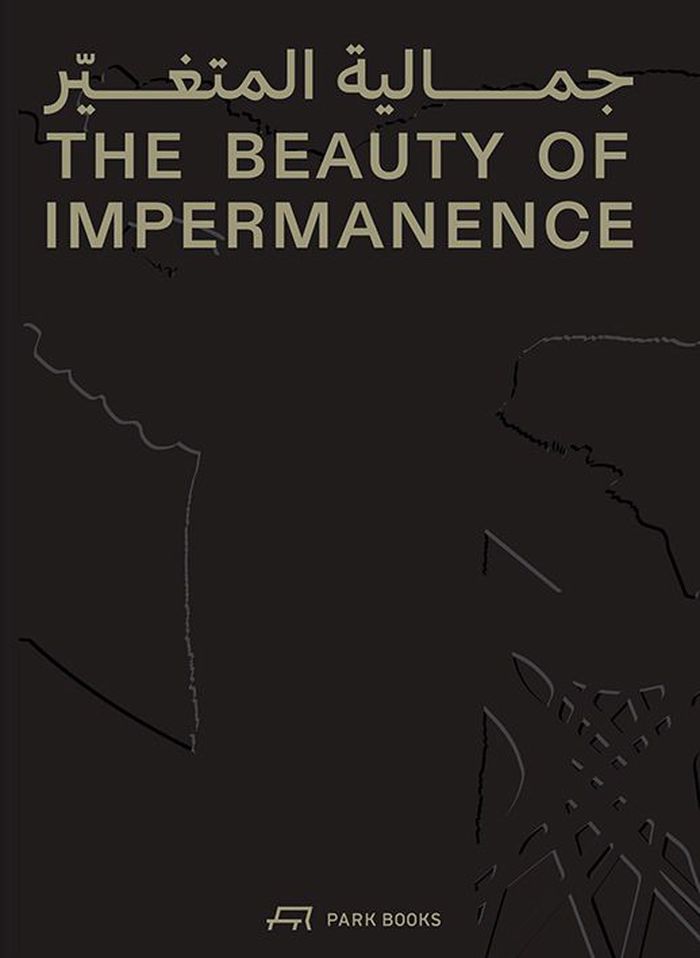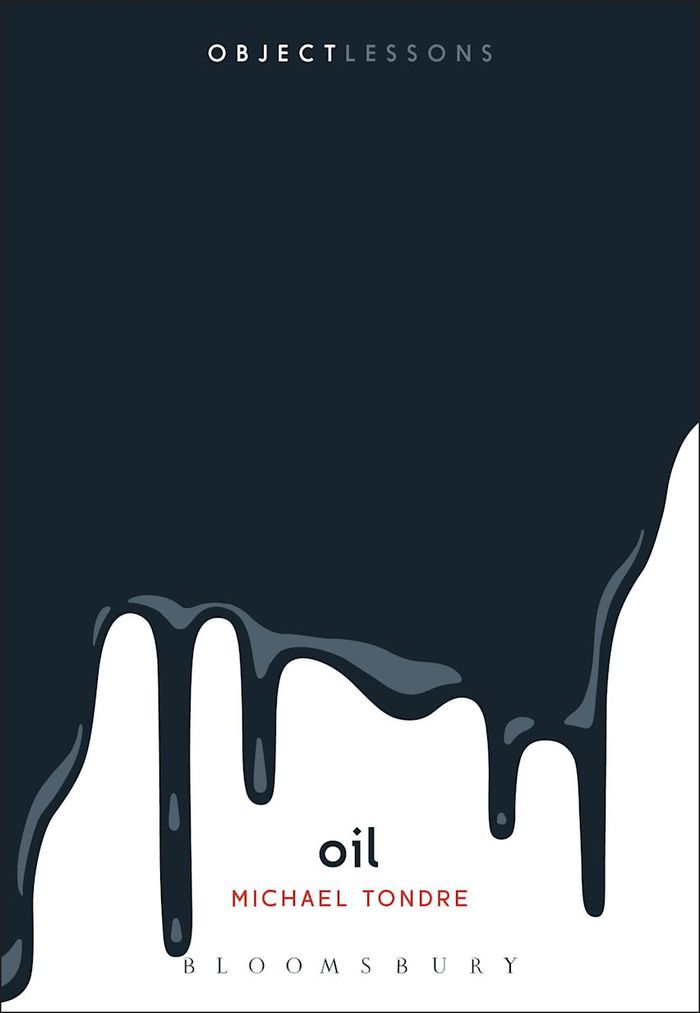$40.00
(available to order)
Summary:
''Humane ecology: Eight positions'' features a group of contemporary artists who consider the intertwined natural and social dimensions of environmental questions: Eddie Rodolfo Aparicio, Korakrit Arunanondchai, Carolina Caycedo, Allison Janae Hamilton, Juan Antonio Olivares, Christine Howard Sandoval, Pallavi Sen, and Kandis Williams. These artists—through their work in(...)
September 2023
Humane ecology: Eight positions
Actions:
Price:
$40.00
(available to order)
Summary:
''Humane ecology: Eight positions'' features a group of contemporary artists who consider the intertwined natural and social dimensions of environmental questions: Eddie Rodolfo Aparicio, Korakrit Arunanondchai, Carolina Caycedo, Allison Janae Hamilton, Juan Antonio Olivares, Christine Howard Sandoval, Pallavi Sen, and Kandis Williams. These artists—through their work in sculpture, video, sound installation, and plantings—think in the relational terms implied by ecology, the study of how organisms relate to one another and their environment. They explore themes such as the extraction and exploitation of both places and people, kinships with the more-than-human world, and ancient traditions of relation to the land that take on new urgency and form. Against posthumanist tendencies to “decenter” the human, these artists center different humans, ones routinely excluded from dominant discourses of environmentalism. The publication presents entries on each artist in addition to scholarly essays on the exhibition concept, genealogies of land art, and settler colonial histories of the Berkshires.
$75.00
(available in store)
Summary:
In November 2022, the water level of the Great Salt Lake fell to its lowest on record. Diverted water supply from its feeding rivers, pollution from nearby extraction plants and ravaging droughts have brought this landmark to a crisis point. As the lake reached its lowest ebb, photographer Fazal Sheikh (born 1965), together with writer Terry Tempest Williams (born 1955),(...)
Fazal Sheikh: Thirst, Great Salt Lake
Actions:
Price:
$75.00
(available in store)
Summary:
In November 2022, the water level of the Great Salt Lake fell to its lowest on record. Diverted water supply from its feeding rivers, pollution from nearby extraction plants and ravaging droughts have brought this landmark to a crisis point. As the lake reached its lowest ebb, photographer Fazal Sheikh (born 1965), together with writer Terry Tempest Williams (born 1955), walked the shoreline, awed by its epic beauty while recording the destruction of its natural habitats. As Utah native Williams writes in her essay, "Retreat," she is witnessing the death of a lake that has been a constant presence in her life. Meanwhile, Sheikh documents the shrinking salt basin from above, revealing how the lake has been exploited: plundered for its natural salts, dissected by concrete highways, discolored by toxic waste, depleted by evaporation. His images hold a mirror to the lake’s surface, charting its destruction while demanding the viewer’s visceral response.
Photography monographs
$51.50
(available in store)
Summary:
With more than fifty contributors, ''Indigenous critical reflections on traditional ecological knowledge'' offers important perspectives by Indigenous Peoples on Traditional Ecological Knowledge and Indigenous value systems. The book aims to educate and inspire readers about the importance of decolonizing how Indigenous Knowledges are considered and used outside of Native(...)
Indigenous critical reflections on traditional ecological knowledge
Actions:
Price:
$51.50
(available in store)
Summary:
With more than fifty contributors, ''Indigenous critical reflections on traditional ecological knowledge'' offers important perspectives by Indigenous Peoples on Traditional Ecological Knowledge and Indigenous value systems. The book aims to educate and inspire readers about the importance of decolonizing how Indigenous Knowledges are considered and used outside of Native communities. By including the work of Indigenous storytellers, poets, and scholars from around the globe, editor Lara Jacobs and chapter authors effectively explore the Indigenous value systems-relationships, reciprocity, and responsibility-that are fundamental to Indigenous Knowledge systems and cultures. Indigenous languages and positionality statements are featured for each of the contributors to frame their cultural and geographical background and to allow each Indigenous voice to lead discussions and contribute critical discourse to the literature on Indigenous Knowledges and value systems. By creating space for each of these individual voices, this volume challenges colonial extraction norms and highlights the importance of decolonial methods in understanding and protecting Indigenous Knowledges.
indigenous
$27.95
(available in store)
Summary:
Depuis une dizaine d’années, que ce soit dans les bois de Sivens, à Notre-Dame-des-Landes, à Bure ou dans les Cévennes, il est évident qu’il se passe quelque chose du côté de la forêt. Certains ont commencé à habiter ces espaces, avec la détermination de sortir du monde mortifère de l’économie. Un tout autre rapport au monde s’y bâtit, à l’opposé de cette science(...)
Environment and environmental theory
October 2017
Être forêts : habiter des territoires en lutte
Actions:
Price:
$27.95
(available in store)
Summary:
Depuis une dizaine d’années, que ce soit dans les bois de Sivens, à Notre-Dame-des-Landes, à Bure ou dans les Cévennes, il est évident qu’il se passe quelque chose du côté de la forêt. Certains ont commencé à habiter ces espaces, avec la détermination de sortir du monde mortifère de l’économie. Un tout autre rapport au monde s’y bâtit, à l’opposé de cette science militaire qu’est l’aménagement du territoire – ici contre un barrage, là contre un aéroport, ou une extraction de biomasse. Ce n’est pas qu’une affaire locale : les paysans du Guerrero au Mexique se battent depuis plus de dix ans pour libérer leurs forêts des exploitants, les trappeurs du peuple cri du Canada défendent la forêt boréale de Broadback contre la déforestation, les Penan de Bornéo s’arment de sarbacanes contre les compagnies de plantation de palmiers à huile… Partout des luttes résonnent de cette même idée : la forêt n’est pas une réserve de biosphère ou un puits de carbone.
Environment and environmental theory
$48.95
(available in store)
Summary:
How do we make sense of the Earth at a moment in which it is presented in crisis? ''Geostories'' is a manifesto on the environmental imagination that renders sensible the issues of climate change and through geographic fiction invites readers to relate to the complexity of Earth systems in their vast scales of time and space. The book is organized into three(...)
Geostories: another architecture for the environment
Actions:
Price:
$48.95
(available in store)
Summary:
How do we make sense of the Earth at a moment in which it is presented in crisis? ''Geostories'' is a manifesto on the environmental imagination that renders sensible the issues of climate change and through geographic fiction invites readers to relate to the complexity of Earth systems in their vast scales of time and space. The book is organized into three sections–terrarium, aquarium, planetarium, each of which revisits such devices of wonder that assemble publics around representations of the Earth. The series of architectural projects becomes a medium to synthesize different forms and scales of knowledge on technological externalities, such as oil extraction, deep-sea mining, ocean acidification, water shortage, air pollution, trash, space debris, and a host of other social-ecological issues. Through design research, ''Geostories'' brings together spatial history, geographic representation, projective design, and material public assemblies to speculate on ways of living with such legacy technologies on the planet.
Green Architecture
$27.00
(available to order)
Summary:
La notion de métabolisme place la matérialité de nos modes de vie au cœur des débats scientifiques et médiatiques. En suivant les matières à travers leur «?vie sociale?» (extraction, transformation, consommation et rejet sous forme de déchets), le métabolisme lie les enjeux sociaux et écologiques de la consommation humaine. De plus en plus mobilisée par les(...)
Métabolisme(s) : Matière en circulation, matière en tranformation
Actions:
Price:
$27.00
(available to order)
Summary:
La notion de métabolisme place la matérialité de nos modes de vie au cœur des débats scientifiques et médiatiques. En suivant les matières à travers leur «?vie sociale?» (extraction, transformation, consommation et rejet sous forme de déchets), le métabolisme lie les enjeux sociaux et écologiques de la consommation humaine. De plus en plus mobilisée par les universitaires spécialistes des questions environnementales, la notion est également réappropriée par d’autres milieux professionnels (urbanistes, architectes). Cet ouvrage, issu des réflexions du Studio Métabolisme de l’École urbaine de Lyon, vise à offrir un aperçu des réflexions en cours tout en ouvrant le débat vers le grand public. Le livre met en avant les enjeux sociaux, politiques, économiques et culturels de la matérialité des transformations des cycles bio-géochimiques en insistant sur les dimensions politiques et socialement construites des circulations et des transformations de la matière, de la ressource au déchet. Il s’agit de prendre en considération les impacts des prélèvements ou des rejets de nos sociétés et de comprendre comment ces matières s’insèrent dans des dispositifs socio-politiques dédiés (infrastructures, pratiques, normes, etc.).
Environment and environmental theory
The beauty of impermanence: An architecture of adaptability from the Sharjah Architecture Triennial
$85.00
(available in store)
Summary:
''The Beauty of Impermanence'' is a scholarly documentation of the 2023 Sharjah Architecture Triennial. It explores architectural responses to sustainability, resource scarcity, and adaptability, highlighting the contrasting resource management strategies of the global North and South over the last four hundred years. The North exploited resources through a belief in(...)
The beauty of impermanence: An architecture of adaptability from the Sharjah Architecture Triennial
Actions:
Price:
$85.00
(available in store)
Summary:
''The Beauty of Impermanence'' is a scholarly documentation of the 2023 Sharjah Architecture Triennial. It explores architectural responses to sustainability, resource scarcity, and adaptability, highlighting the contrasting resource management strategies of the global North and South over the last four hundred years. The North exploited resources through a belief in endless abundance and technological advances, underpinned by religious and mythological justifications for colonialism and slavery. The South, characterized by resource scarcity, has innovated within these constraints, developing adaptable, sustainable solutions that may offer a blueprint for future global resource management. The book advocates for a shift away from a consumption-driven approach to one that is ecologically and ethically responsible, urging a collective resolve to create systemic change for a sustainable future. It is structured around the thematic strands of “Renewed Contextual,” “Extraction Politics,” and “Intangible Bodies” and features essays by noted scholars and practitioners. Detailed project spreads from Triennial participants, showcasing innovative practices that integrate environmentally friendly methods and materials, round off this volume that serves as a vital resource for those engaged in the fields of architecture, sustainability, and urban planning.
Biennial
$21.95
(available in store)
Summary:
Black gold. Liquid sunlight. Texas tea. Oil remains the ur-commodity of our global era, having been distilled from ancient algae and marine life to turn modernity's wheels. Wars are fought over it. Some communities are displaced by its extraction, so that others may reap its benefits. But despite its heated history, few will ever see oil on the ground. Shrouded within a(...)
Oil
Actions:
Price:
$21.95
(available in store)
Summary:
Black gold. Liquid sunlight. Texas tea. Oil remains the ur-commodity of our global era, having been distilled from ancient algae and marine life to turn modernity's wheels. Wars are fought over it. Some communities are displaced by its extraction, so that others may reap its benefits. But despite its heated history, few will ever see oil on the ground. Shrouded within a labyrinth of oil fields, pipelines, and manufacturies, it tends to be known only through its magical effects: the thrill of the road, the euphoria of flight, and the metamorphic allure of everything from vinyl records to celluloid film and synthetic clothing. Michael Tondre shows how hydrocarbon became today's pre-eminent power. How did oil come to structure selfhood and social relations? And to what extent is oil not only a commercial product but a cultural one-something shaped by widely imagined dreams and desires? Amid a warming world unleashed by fossil fuels, oil appears as a rich resource for thinking about histories of globalization and technology no less than the energetic underpinnings of literature, film, and art.
Critical Theory
$45.00
(available in store)
Summary:
''The Mountain Speaks to the Sea'' delves into Tekla Aslanishvili’s experimental film trilogy, which investigates regimes of infrastructural governance by examining how ports, railways, and smart city projects act as technologies of citizenship and sovereignty. Images of distant geographies are connected with future orientations, revealing the disruptive impacts of(...)
Tekla Aslanishvili: The Mountain Speaks to the Sea
Actions:
Price:
$45.00
(available in store)
Summary:
''The Mountain Speaks to the Sea'' delves into Tekla Aslanishvili’s experimental film trilogy, which investigates regimes of infrastructural governance by examining how ports, railways, and smart city projects act as technologies of citizenship and sovereignty. Images of distant geographies are connected with future orientations, revealing the disruptive impacts of large-scale energy and transportation projects on the ecologies of the South Caucasus. The publication focuses on the potentiality of moving images in the making and unmaking of infrastructures. By zooming in and out on the grand narratives of infrastructural development, it assembles fragmented (hi)stories of people who live and work around sites of transit and extraction, sabotaging their material systems to challenge violent practices of statecraft. Positioned between an artist’s book and a reader, The Mountain Speaks to the Sea features contributions from writers and scholars in visual culture, political science and critical geography, and experiments with ways of translating film into printed matter. ''The Mountain Speaks to the Sea'' is edited by Tekla Aslanishvili and Silvia Franceschini, with contributions by Alexandra Aroshvili, Ifor Duncan, Silvia Franceschini, Evelina Gambino, and Timothy Mitchell.
Art Theory
$37.95
(available to order)
Summary:
In ''Beyond the World's End,'' T. J. Demos explores cultural practices that provide radical propositions for living in a world beset by environmental and political crises. Rethinking relationships between aesthetics and an expanded political ecology that foregrounds just futurity, Demos examines how contemporary artists are diversely addressing urgent themes, including(...)
Beyond the world's end: arts of living at the crossing
Actions:
Price:
$37.95
(available to order)
Summary:
In ''Beyond the World's End,'' T. J. Demos explores cultural practices that provide radical propositions for living in a world beset by environmental and political crises. Rethinking relationships between aesthetics and an expanded political ecology that foregrounds just futurity, Demos examines how contemporary artists are diversely addressing urgent themes, including John Akomfrah's cinematic entanglements of racial capitalism with current environmental threats, the visual politics of climate refugees in work by Forensic Architecture and Teddy Cruz and Fonna Forman, and moving images of Afrofuturist climate justice in projects by Arthur Jafa and Martine Syms. Demos considers video and mixed-media art that responds to resource extraction in works by Angela Melitopoulos, Allora & Calzadilla, and Ursula Biemann, as well as the multispecies ecologies of Terike Haapoja and Public Studio. Throughout Demos contends that contemporary intersections of aesthetics and politics, as exemplified in the Standing Rock #NoDAPL campaign and the Zad's autonomous zone in France, are creating the imaginaries that will be crucial to building a socially just and flourishing future.
Environment and environmental theory

